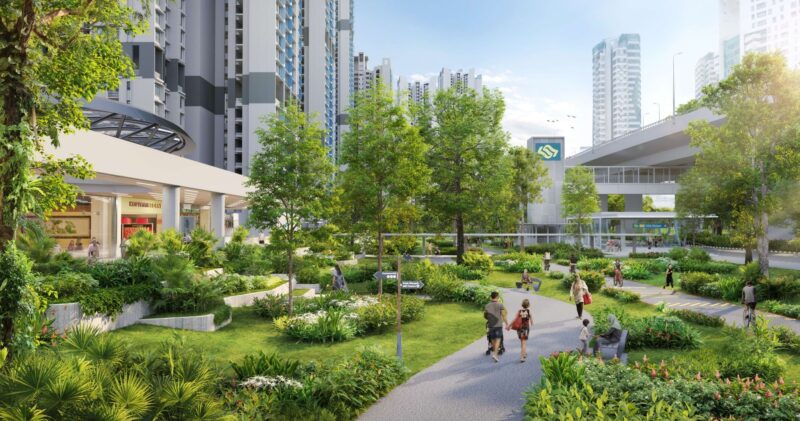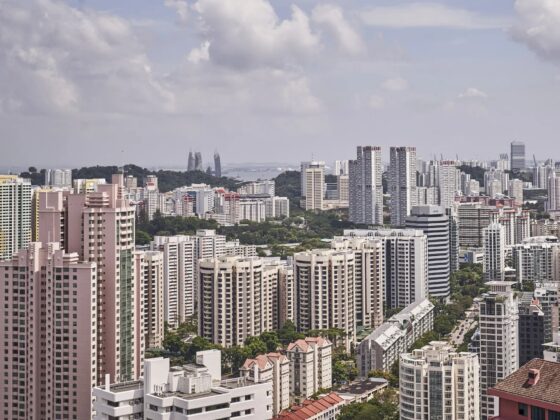Showflats play a critical role in Singapore’s competitive real estate market. They are more than just model units—they are strategic tools used by developers to communicate quality, lifestyle, and value to potential buyers. Every design choice inside a showflat reflects an intentional approach to target specific demographics and market demands.
1. The Purpose Behind Every Detail
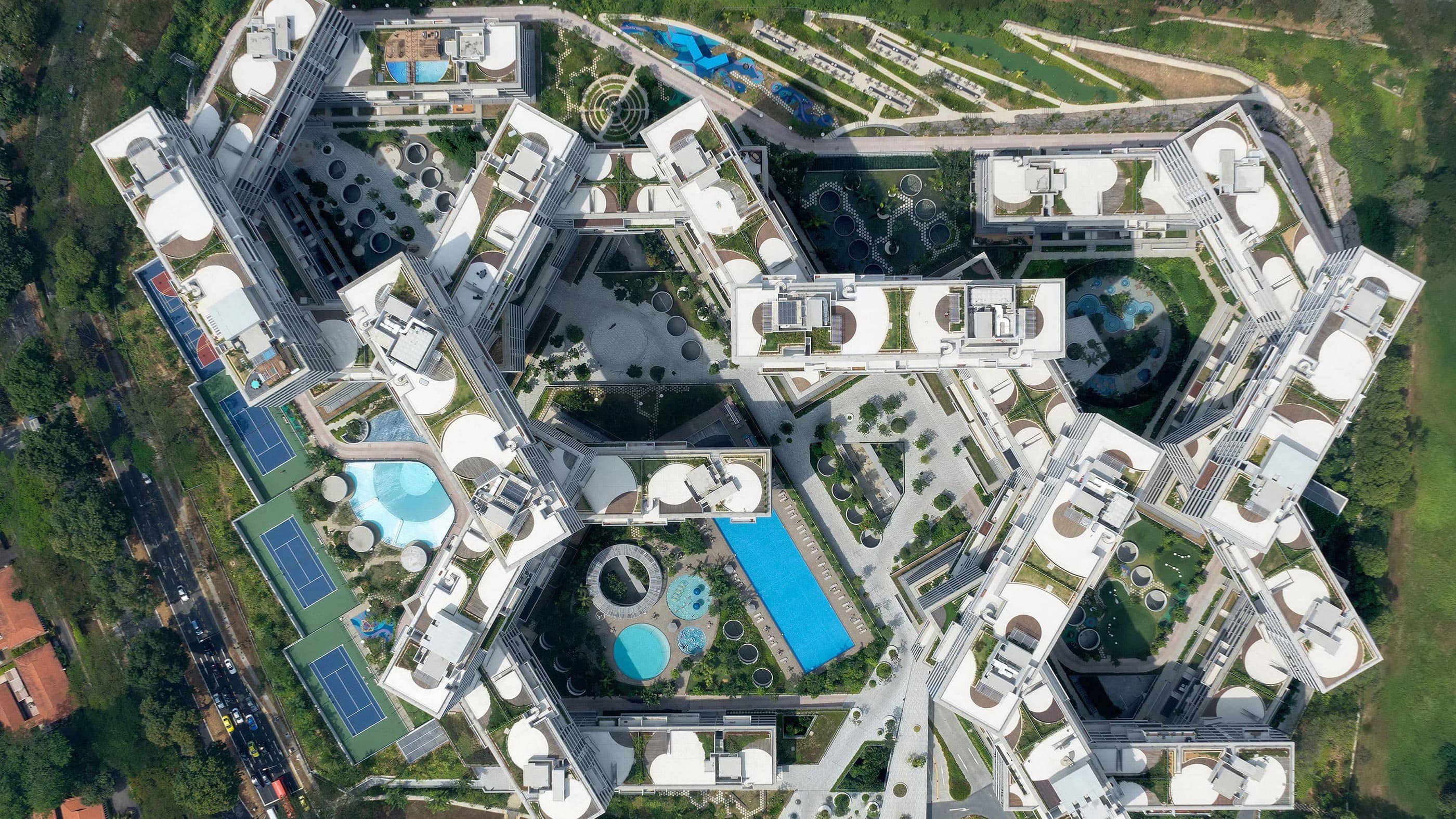
Coastal Cabana demonstrates how showflat design goes beyond aesthetics to influence buyer perception. Developers carefully select furnishings, lighting, and color schemes that evoke emotion and help visitors imagine the lifestyle a project promises. This creates a sense of connection that often leads to quicker purchase decisions.
Every design element—from the layout flow to decorative accents—serves a purpose. Open living areas appeal to families, while minimalist designs attract professionals who prefer simplicity and space efficiency. The goal is to highlight both functionality and elegance while showcasing the project’s core strengths.
Developers also use showflats to present customization potential, allowing buyers to envision how they can personalize their future homes. This emotional engagement forms the foundation of effective property marketing.
2. Aligning Design with Buyer Demographics
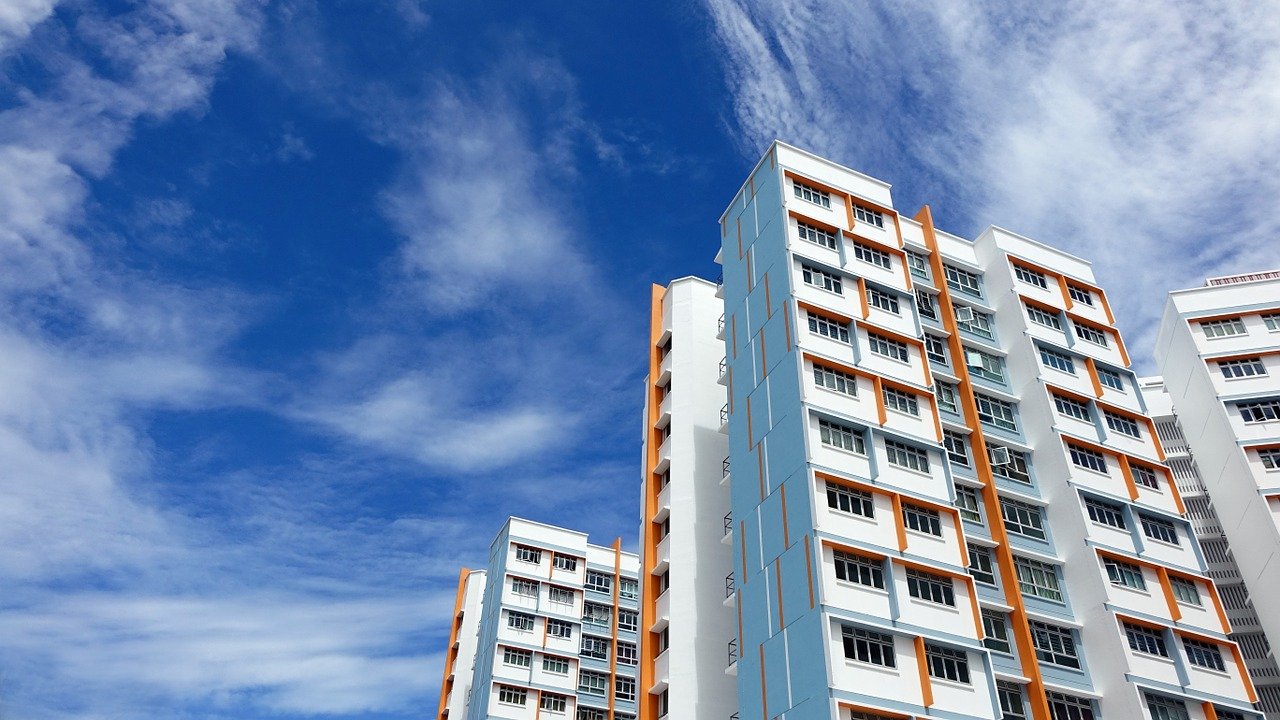
Showflat design is directly shaped by the project’s target audience. Developers study buyer profiles, lifestyle trends, and income levels before finalizing presentation styles. For instance, luxury developments emphasize premium materials, artistic décor, and spacious layouts to appeal to high-net-worth individuals.
Mid-tier projects may focus on practicality and comfort, featuring neutral tones and efficient storage solutions that attract young couples and families. Coastal Cabana reflects this balance perfectly, combining stylish design with livable functionality suited for modern urban residents.
Developers understand that each design decision reinforces market positioning. The showflat must tell a clear story about the project’s identity—whether it’s exclusivity, family comfort, or modern convenience. This alignment ensures that the project resonates with its intended audience from the first impression.
3. Driving Sales Through Strategic Presentation
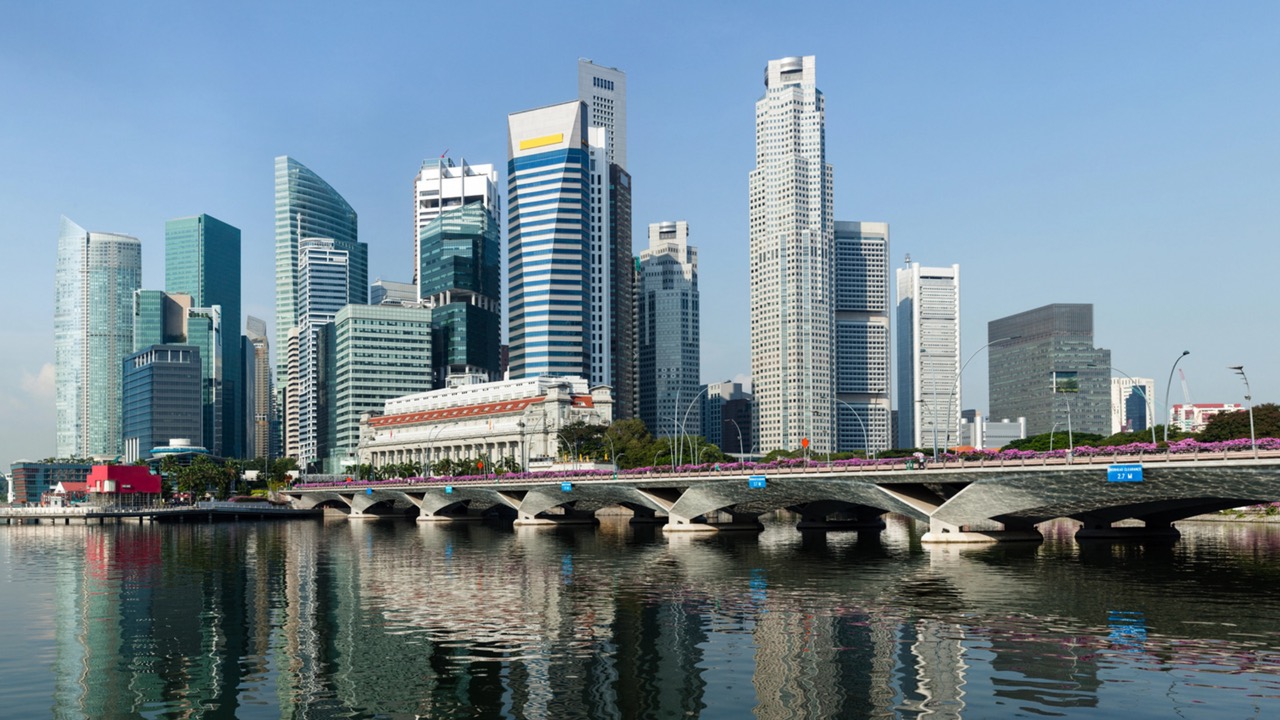
Beyond visual appeal, showflats serve as powerful sales environments. They help potential buyers visualize scale, proportion, and finishing quality, bridging the gap between blueprints and reality. By walking through a furnished space, buyers gain confidence in both the developer’s craftsmanship and the project’s livability.
Showflat experiences are also used strategically to build urgency. Developers may showcase only a few unit types to highlight limited availability, or stage the most desirable view to create a sense of exclusivity. This emotional impact is a deliberate part of the sales process.
Projects that execute this strategy effectively—like Coastal Cabana—combine design storytelling with commercial intent. The result is a seamless blend of art and marketing that drives both brand reputation and financial performance.
Conclusion
Showflat design is one of the most powerful marketing tools in Singapore’s real estate industry. It bridges creativity and business strategy, helping buyers connect emotionally while reinforcing a project’s market positioning.
Developments like Coastal Cabana showcase how thoughtful presentation translates into sales success. By aligning design, storytelling, and lifestyle appeal, these showflats turn vision into reality—defining the way buyers experience and value modern homes in Singapore.
